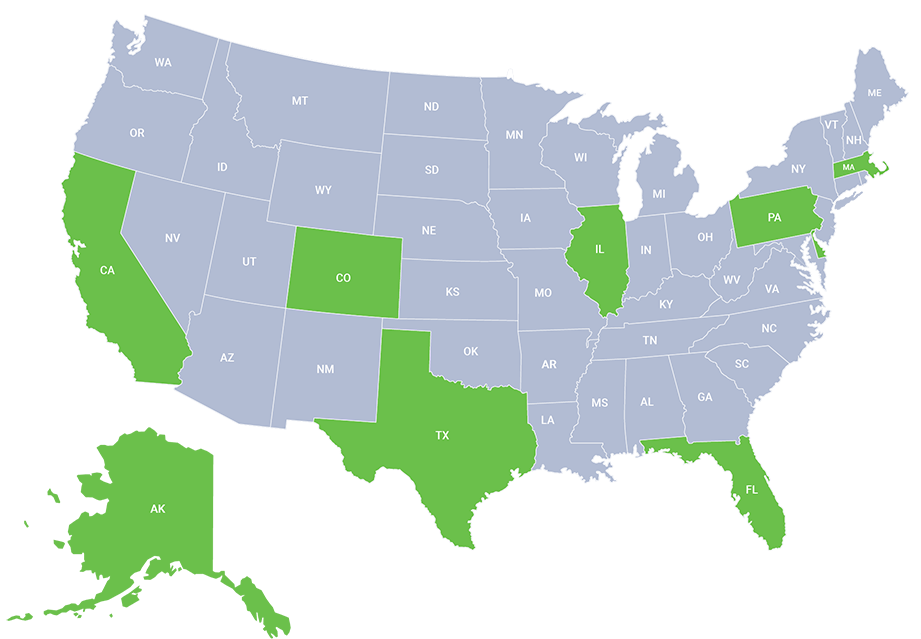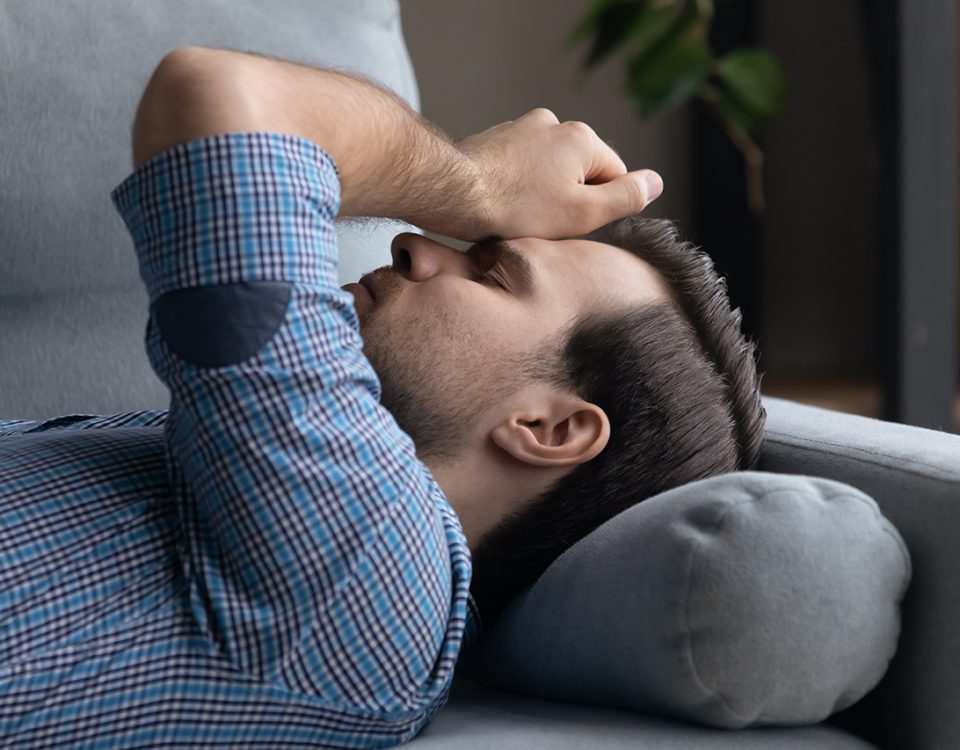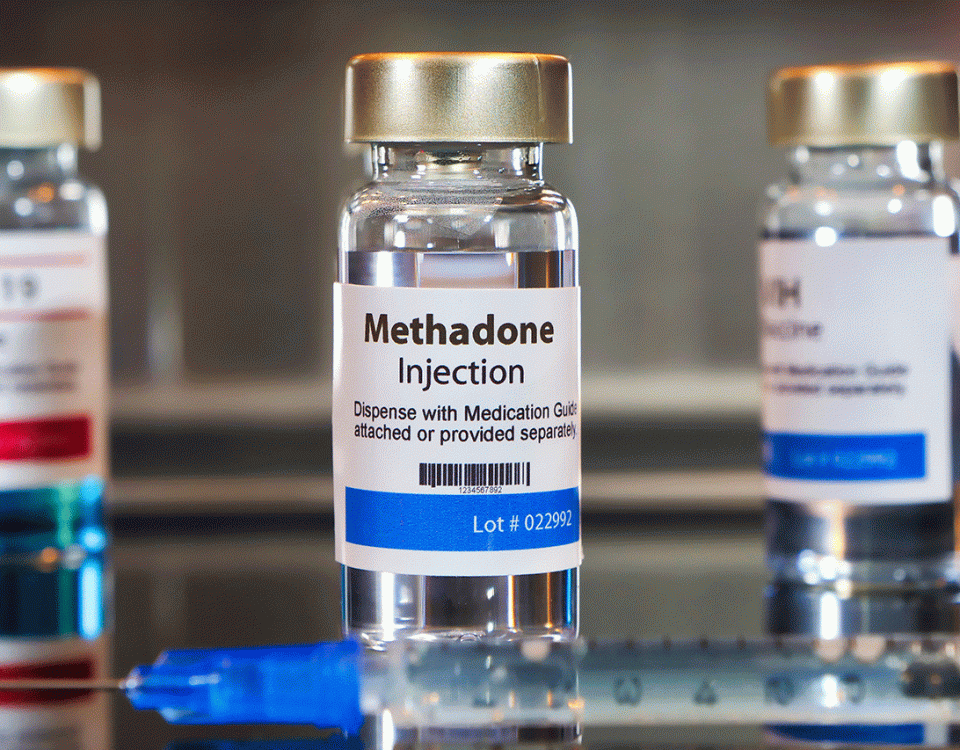Different drugs will produce different effects on users and explain why some people are more inclined to be addicted to certain substances than others. This extends to the symptoms they may experience when trying to stop the abuse, also referred to as withdrawal symptoms. For a person that is addicted to stimulants, the body will react in a way specific to those drugs. The Stuart, Florida, Banyan Treatment Center is looking at the symptoms and timeline of stimulant withdrawal.
Questions about our Facilities or Programs?
Our admissions coordinators are available 24/7 to answer any questions you may have as you consider whether treatment at Banyan is right for you or your loved one.
Examples of Stimulants
The stimulant class of drugs is infamous for its ability to energize users, sometimes to the point of insanity or psychosis. Users may also feel more alert and confident, a factor that many become addicted to on their own. Commonly used examples of stimulants include amphetamines, cocaine, khat, and methamphetamine. When prescribed, stimulants can be effective in managing symptoms of ADHD and narcolepsy.
When used illicitly or abused, a person runs the risk of developing a tolerance, which means they need more of the drug to experience the desired effects. Once this occurs, ceasing usage can lead to the development of withdrawals that can range in severity depending on a number of factors.
Stimulant Withdrawal Symptoms
Considering the intense high many stimulant abusers experience; it is understandable that they may deal with intense lows after stopping their drug use.
Common withdrawal symptoms of stimulants can include:
- Anxiety
- Body chills
- Dulled senses
- Slowed responses
- Hallucinations
- Intense cravings
- Heightened appetite
- Paranoia or jitteriness
- Abnormal sleep schedule
- Depressive symptoms
Someone experiencing these symptoms is encouraged to seek out one of the detox programs available at Banyan, which can address a number of different addictions and their associated withdrawals. Because depression related to stimulant withdrawal can be quite severe, it is crucial that these individuals obtain the necessary support. This is especially true for those with a history of clinical depression. If you are worried that someone you care about is at risk, do not hesitate to get them access to our options for Florida addiction therapy.
Getting into treatment is easy with our free insurance verification
"*" indicates required fields
Stimulant Withdrawal Timeline
The symptoms listed above can be debilitating, leaving many wondering how long they can expect them to last. The important thing to keep in mind is that the withdrawal experience as a whole will depend on a number of factors. These factors include the type of drug, the physical faculties of the user, and for how long they used the substance.
Symptoms will typically start between 1 to 3 days after the last use, which is also when they will be at their strongest. Days 4 to 10 will see these symptoms begin to subside, with psychological sensations like depression continuing to linger for some. Once a person moves past the 10-day mark, they should feel much better and more like themselves again. Still, cravings may persist and are most likely to be solved by the intervention of a Florida addiction treatment program.
If you think that you or a loved one can benefit from such a program, or is interested in breaking away from stimulant addiction, call Banyan Stuart today at 888-280-4763.
Related Reading









